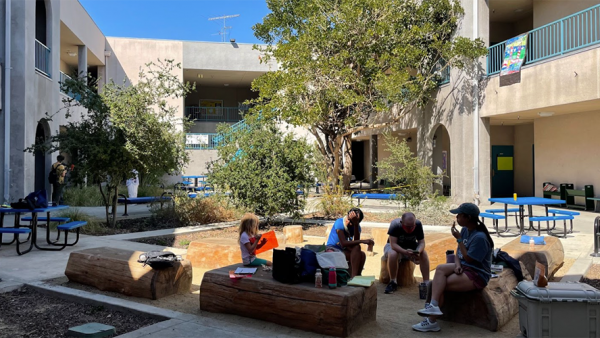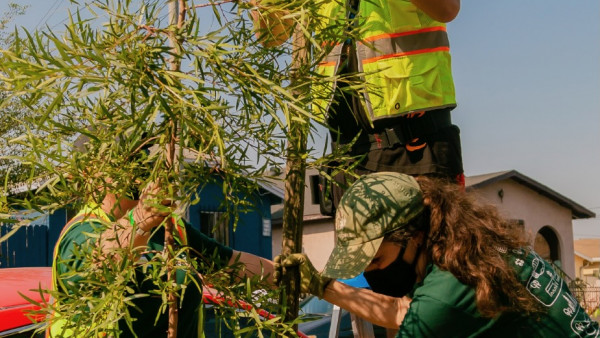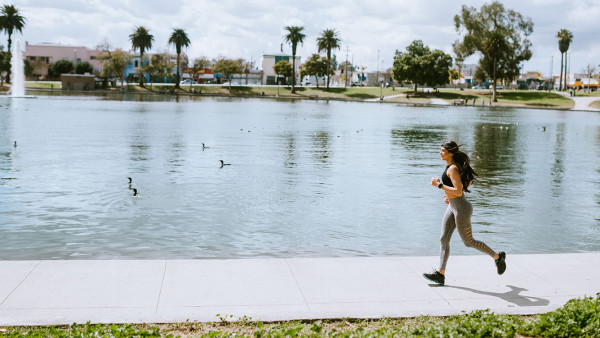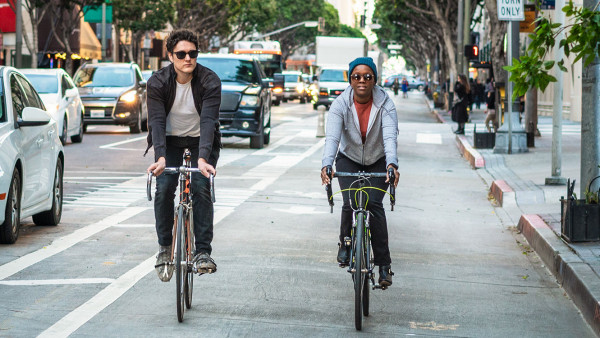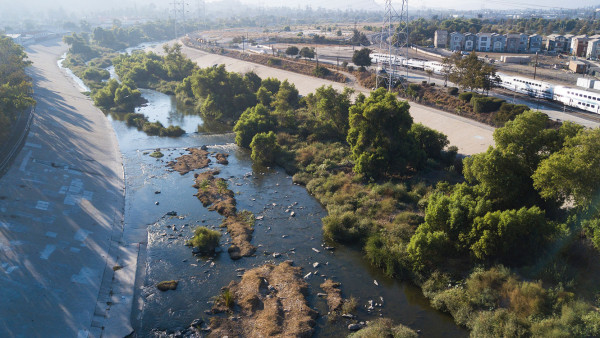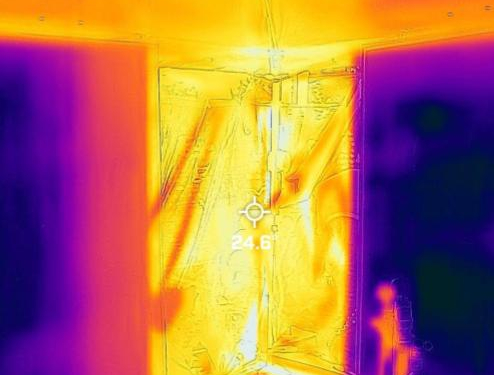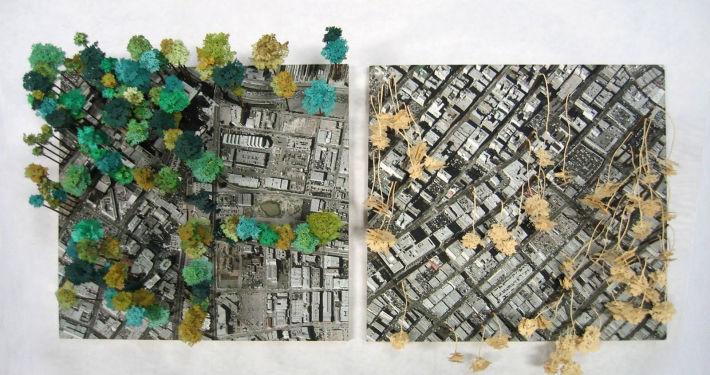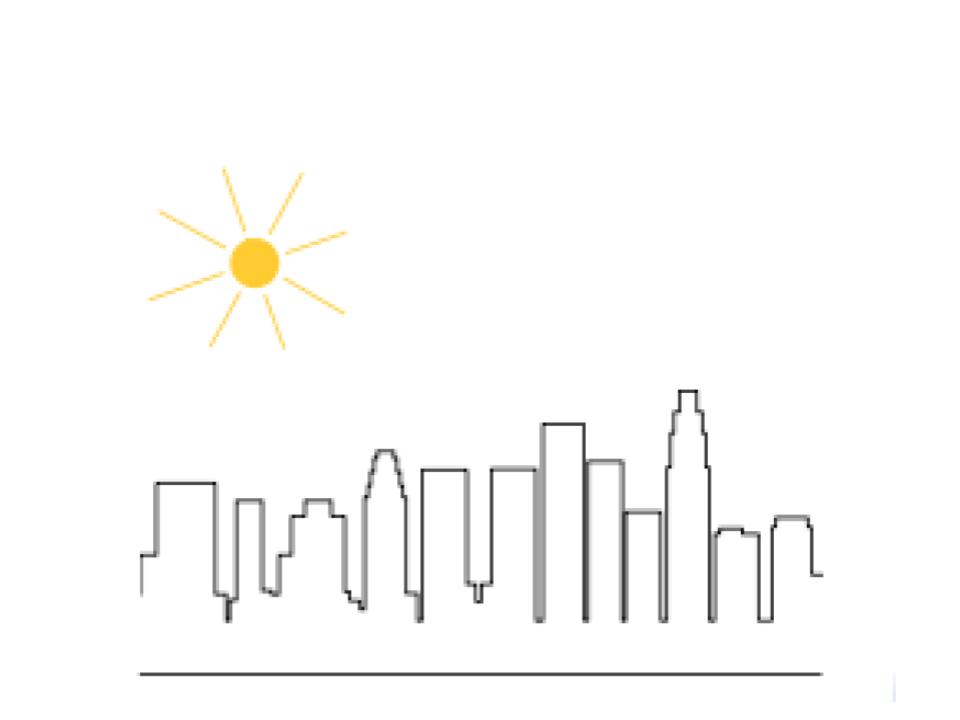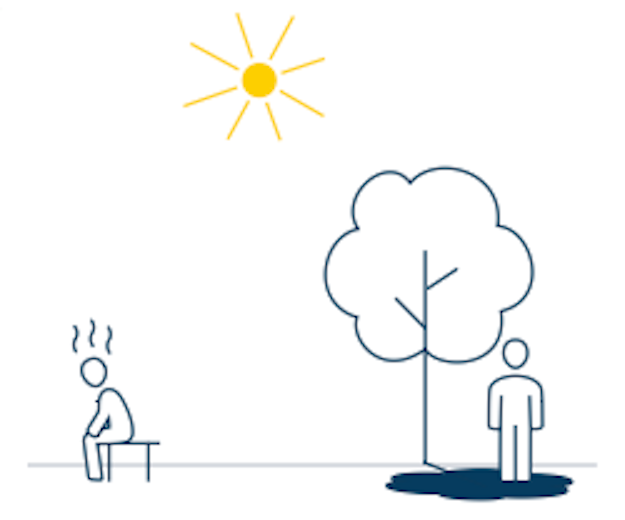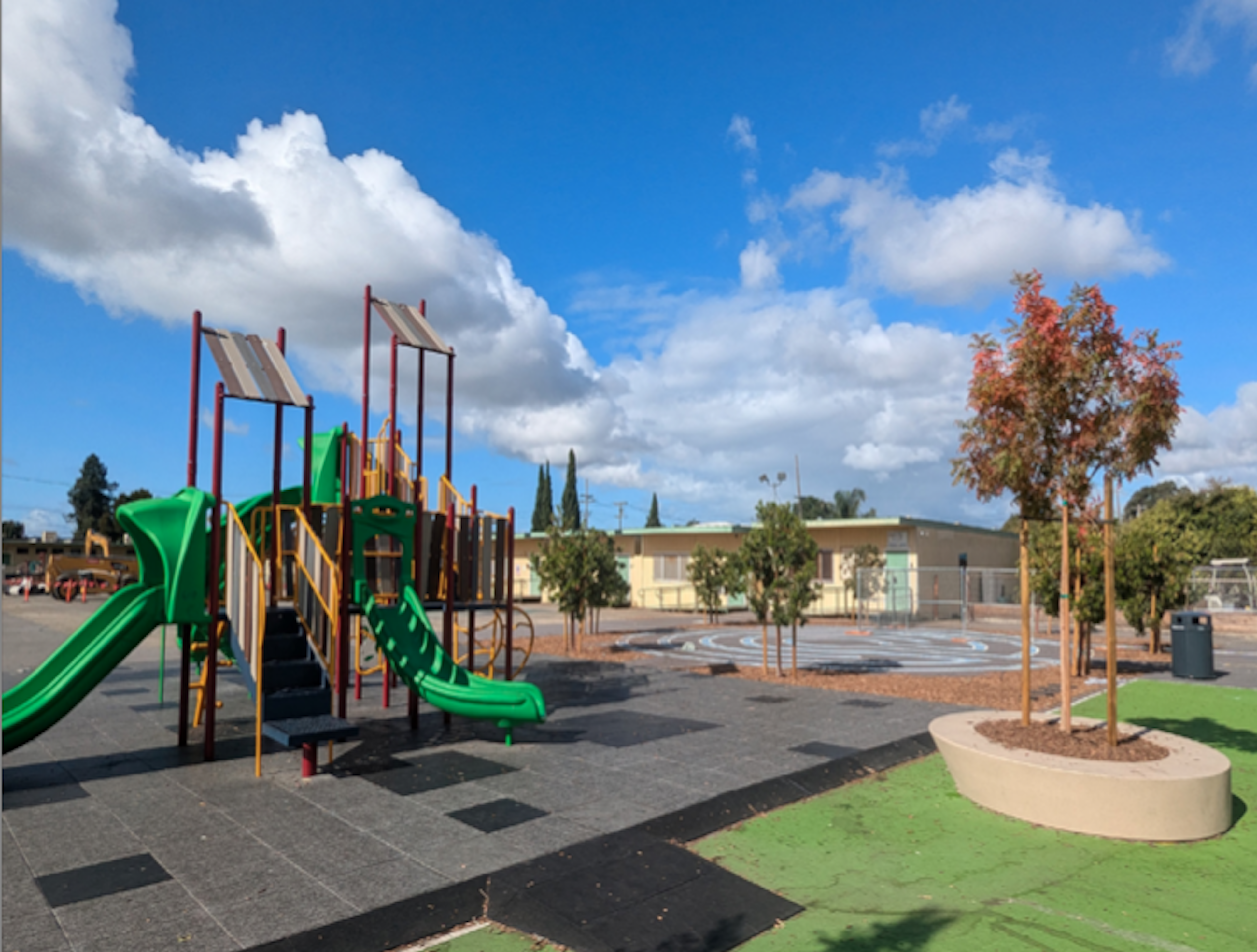OUR VISION
Equitable access to urban nature that supports wellbeing and climate resilience
OUR APPROACH
Our work uses a research-to-implementation approach to understand the challenges and identify and implement viable solutions. We engage with policy decision-makers, communities, and nonprofit organizations to inform programs that advance urban greening equitably and sustainably.
“Partnership with the Luskin Center for Innovation has infused our work in South LA and other under-resourced communities with a robust science and policy direction. Our collaboration uses a holistic approach to bring change that is equitable and lasting, in neighborhoods that have long been at the frontlines of environmental justice.”
— Aaron Thomas and Carlos Moran, North East Trees
EXPERTS
Edith B. de Guzman, Policy Specialist
V. Kelly Turner, Associate Director
Gregory Pierce, Senior Director
No items found
Ariana Hernandez, Project Manager
Lana Zimmerman, Project Manager
Zach Wampler, Project Coordinator
MEDIA COVERAGE
Across the US, cities combine art, shade and education to help people beat the heat (Associated Press News)
Planting Shade: Cooling Down L.A. Before The 2028 Olympic Games (Los Angeles Magazine)



